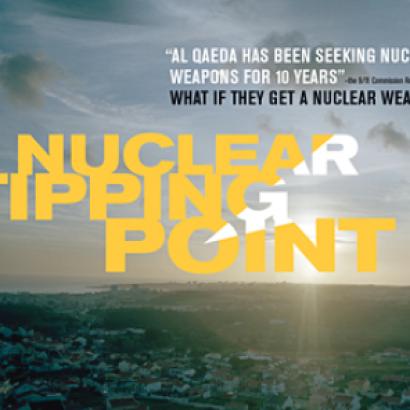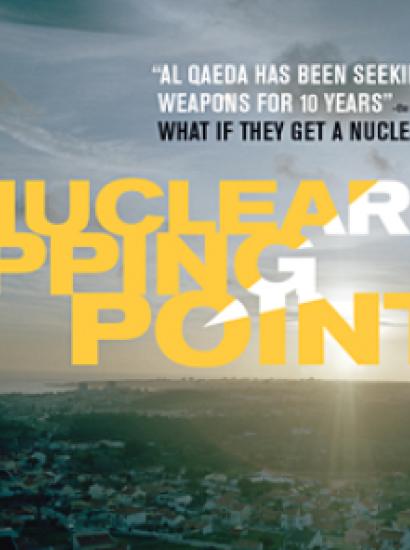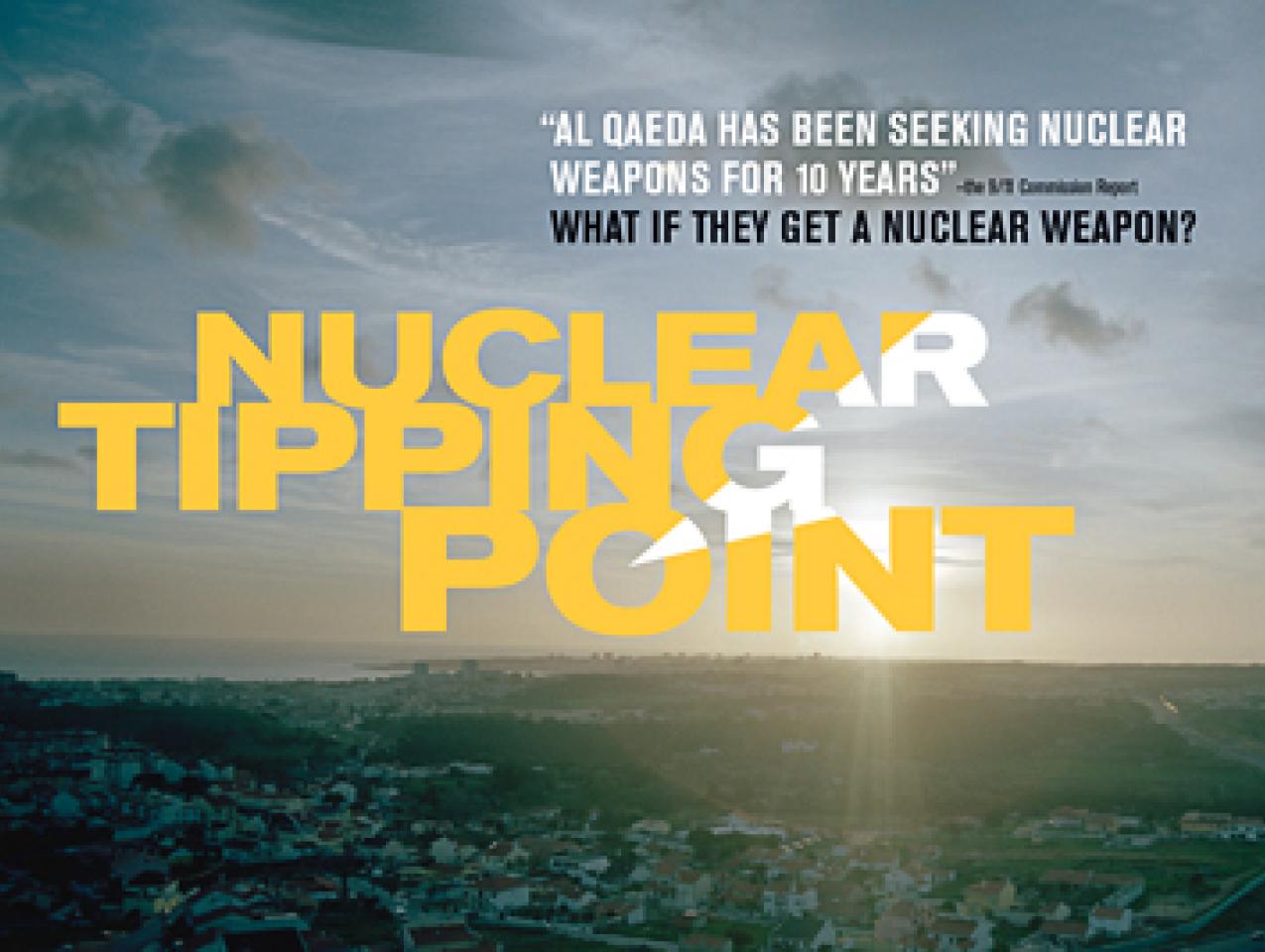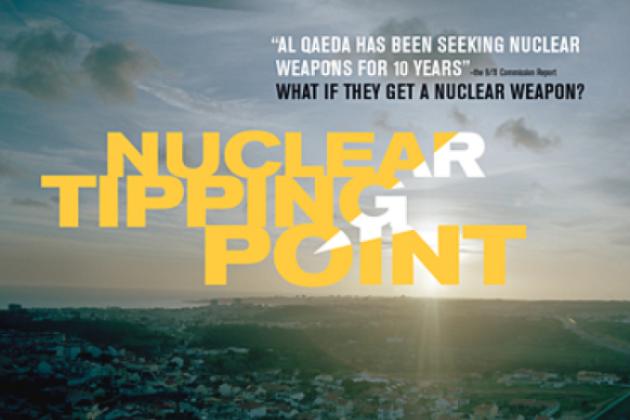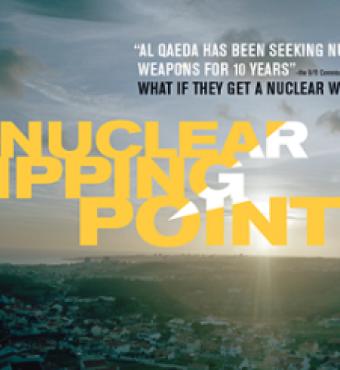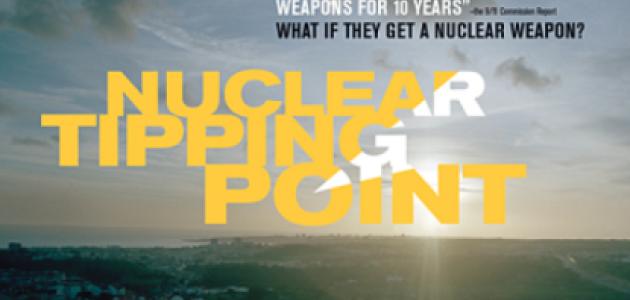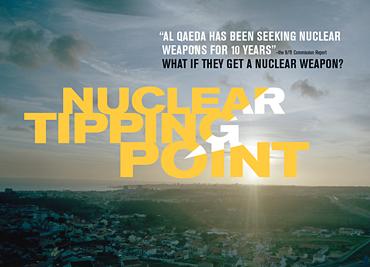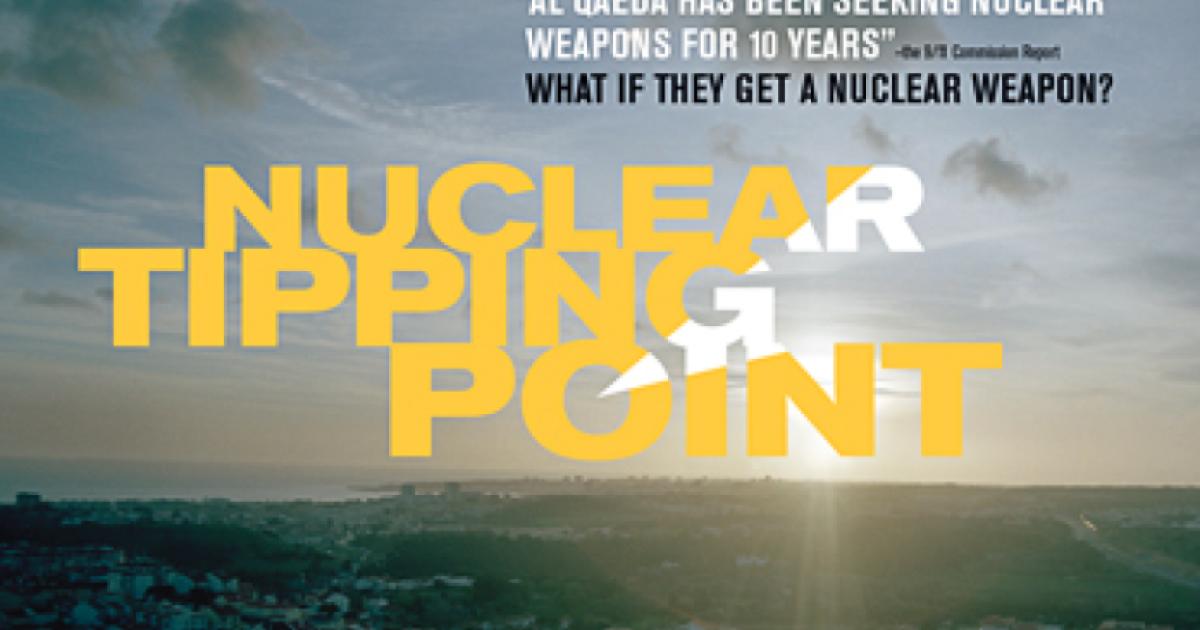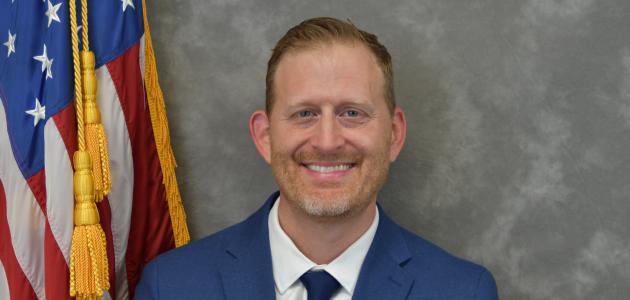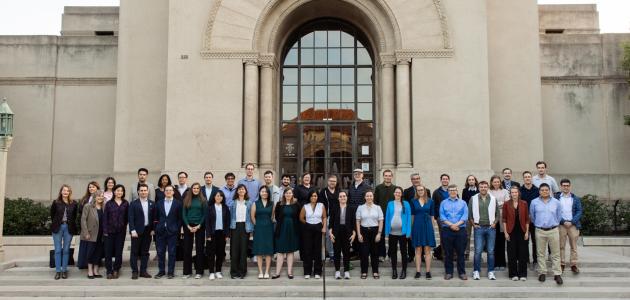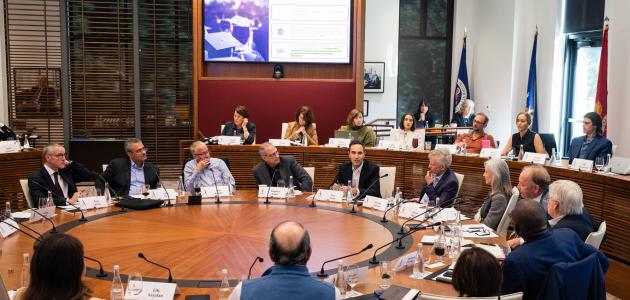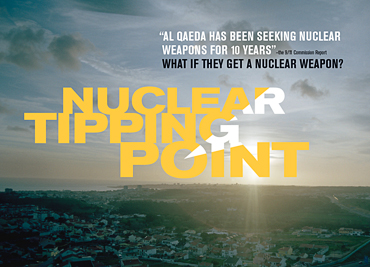
Translated from the interview, which first appeared in the newspaper Helsingin Sanomat.
The very men who turned the U.S. into a nuclear power during the Cold War are now working to eliminate these weapons of mass destruction from the face of the earth. George Shultz, William Perry and James Goodby explain in an interview with Helsingin Sanomat (HS) why we should seek a nuclear-weapons free world.
By KARI Huhta, HS
Stanford
Translated by Anne Laanti, American Embassy, Helsinki, Finland
This was the scenario for a large-scale nuclear war: The Soviet Union launches a nuclear missile attack, and up to 75 percent of the U.S. population is wiped out. As much as 70 percent of U.S. industries is destroyed.
The U.S. president does not have immediate data about the scale of the destruction. He has three options. One is full-scale nuclear retaliation against the Soviet Union, its allies, and China. The second option is a limited “counterforce” against military and industrial targets. The third option is one of the above, but only against the Soviet Union only.
The president chooses the second option – the large-scale counter attack which he then expands to include Soviet cities. The U.S. president knows that the Soviet Union will retaliate by destroying Western Europe but he determines that “U.S. interests require maximum destruction of the Soviet Union, despite the risks for Western Europe.”
This scenario was created in 1963. A group of officials from the U.S. State Department, intelligence services and the armed forces was assigned to draft scenarios for the management and termination of nuclear war against the Soviet Union. They produced three scenarios which are all horrendous. This document, which once was top secret, is now in the public domain.
“The idea of managing nuclear war is rubbish,” says James Goodby (80) in Stanford, California.
Goodby, if anybody, knows this. As a young State Department official, he wrote most of the document.
Goodby, who made his career in disarmament, is well remembered in Finland. He served as Ambassador to Helsinki in 1980-81.
Today, he no longer thinks of nuclear war scenarios. He is doing something almost equally surprising – he is contemplating a world without nuclear weapons.
Goodby is not alone – the Stanford group is spearheaded by former stars of U.S. global policy formulation. These are men who were responsible for the development of United States’ nuclear deterrence – former Secretary of State George shultz (89), former Secretary of Defense William Perry (82), and the influential nuclear physicist Sidney Drell (83).
Today they all are calling for the global elimination of nuclear weapons.
Not so long ago, talk about a nuclear-free world was dismissed as a dangerous illusion.
But not anymore. All of the world's 23,000 nuclear warheads are certainly not going to disappear quickly, but a major change is underway. The pursuit of a nuclear-free world is already part of policy implementation.
Right now, nuclear disarmament is being discussed in the UN at the NPT Review conference, which is organized every five years.
A major step forward in nuclear disarmament came about a year ago when U.S. President Barack Obama announced that a nuclear-free world was his long-term goal.
“As a nuclear power and as the only nuclear power to have used a nuclear weapon, the United States has a moral responsibility to act. We cannot succeed in this endeavor alone, but we can lead it,” he said in Prague last spring.
Even Russia supports the objective. This year, the U.S. and Russia reached agreement on nuclear weapons cuts for the first time in years.
The elderly gentlemen of Stanford began promoting a nuclear-free world a couple of years ago ahead of Obama. In January 2007, Shultz and Perry, Henry Kissinger, 86, and former Senator Sam Nunn, 71, whose career was devoted to arms control, published an article in The Wall Street Journal. That article marked the launch of the campaign.
Since then, Shultz and Perry have devoted their work to promoting a nuclear-free world – neither has any intention of retiring. Why did they have this change of heart?
They certainly are not in it to repent for their earlier deeds. This became clear when this Helsingin Sanomat reporter met them in Stanford recently.
“I have no regrets. I think that what I did during the Cold War was the right thing to do,” Perry asserts.
Perry played a major role in increasing U.S. nuclear might.
“In the late 1970s I served as Assistant Secretary of Defense in charge of research and development. I was responsible for developing our weapons – the MX-missile for the Trident submarines; the B2 bombers, the ALCMs. I was in charge of developing those weapons. I fully understood how lethal they were, but I believed at the time that they were necessary.”
Perry started to change the course already at the end of the Cold War. As Secretary of Defense, he spearheaded the elimination of about 8,000 nuclear warheads.
None of the Stanford team members were initially advocates a nuclear-free world, but George Shultz was clearly ahead of the others.
The beginning of the nuclear era, with the Hirosima bomb, had a mixed impact on Shultz. “I was on a troop transport vessel headed toward the U.S. after a two-and-a-half year deployment with the marines in the Pacific when we heard that something called an atom bomb had been dropped. Nobody had a clue as to what that meant.”
When his ship arrived in San Diego, another bomb (over Nagasaki) had been deployed. The U.S. war against Japan was over and Shultz and the others did not become a part of the occupation of Japan. That was a relief.
For years afterwards, Shultz’ career focused on economics and big business, but the photos of the destruction of Hiroshima – “something ungodly” – stayed with him.
The images did not put a stop to the arms race. The spiral accelerated especially after the Soviet Union detonated its first nuclear bomb in 1949.
If an H-bomb, a later invention, had been dropped in Hiroshima, destruction would have been 1000-fold. That is the kind of bomb that ”Bravo” was. It was detonated on the Bikini atol on March 1, 1954, and had a yield of 15 megaton – the largest bomb ever tested by the U.S.
Information about the test spread around the world because the fallout contaminated a Japanese fishing ship which was supposed to have been outside of the test perimeter.
James Goodby, who worked at the Atomic Energy Agency, was assigned to determine if the ship might have been inside the danger zone.
“This was a scientific miscalculation. The ship was clearly not inside the danger zone. It was more serious than anybody thought,” Goodby says.
That incident was instructive for Goodby’s opinion of nuclear weapons. “Do I think they can be used? No.”
Who were those who believed that nuclear weapons could be used. There were not many. Shultz could not imagine a situation where the use of nuclear weapons would make sense. As Defense Secretary, Perry would not have made the recommendation of their use to the President.
The Soviets did not believe so, either. A member of the Stanford group, historian David Holloway, who specializes in the history of Soviet nuclear weapons, says the Soviet Union was not really ready to use even the missiles it sent to Cuba in 1962 when the world was believed to be at the brink of nuclear war.
After the Soviet Union pulled back those missiles, Soviet leader Nikita Khrushchev said in a government meeting that his intention was not to take the Soviet Union to war.
Apparently, only Fidel Castro did not understand the extremity of the situation. He demanded, to the very end, that the Soviet Union deploy the full force of its nuclear weapon if the U.S. were to attack Cuba. The Soviet Union was annoyed and worried by this demand.
Khrushchev was forced to resign in October 1964. Explaining why in a speech that was never published, Holloway says Khrushchev was accused of bringing the world to the brink of nuclear war three times – during the Suez crisis in 1956, during the Berlin crisis in 1961 and Cuba in 1962.
Even though it had been determined that nuclear war was out of the question, the superpowers did not start eliminating their arsenals. On the contrary, a senseless arms race started in the 1970s.
A balance of terror emerged: the United States and the Soviet Union made sure that they had enough weapons to destroy each other. At the same time, the number of states with a nuclear weapon grew.
James Goodby has called the 1970s the "Rococco period” of nuclear deterrence – there were all kinds of weapons and too much of all of them. A major turning point arrived whn Ronald Regan became the president of the United States in 1981. Reagan was much ridiculed in Europe during his eight years in office. The ridicule grew louder when he made his proposal of a world “without nuclear weapons.”
“At the time, the idea was so different from anything else that was being discussed seriously, although Reagan brought it up several times. His advisors would pat him on the head and say “thanks a lot,” and let’s all get back to being realists. “Everybody else but me did that,” George shultz says.
He was Reagan’s powerful secretary of state from 1982.
During Reagan’s term, the U.S. both built new weapons and negotiated with the Soviet Union about reducing the number of nuclear weapons.
shultz says he received a letter in 1984 from Konstantin Chernenko who headed the Soviet Union for a short period of time. The letter was written just before a new round of disarmament talks was scheduled to begin and it supported Reagan’s ideas of a nuclear-weapons free world.
Both U.S. and Soviet officials sought to prevent discussions to that end. “The arms control bureaucracy did not adopt the ideas so they never became official proposals,” shultz says.
However, the talks progressed and culminated in the summit of Reagan and the new Soviet leader, Mikhail Gorbachev, in Reykjavik in 1986.
The Reykjavik summit provided the basis for the agreement on the elimination of medium-ranged nuclear weapons and on the halving of strategic nuclear weapons. It was indeed a historic achievement.
But why didn’t the summit produce a breakthrough, an agreement on the elimination of all nuclear weapons in the world?
shultz explains: “Reagan sat there for two days, opposite Gorbachev, and I was the only outsider in the room.”
He was not the only outsider; the notetakers were there as well.
According to the minutes of the meeting, Reagan said towards the end of the second day that he was fine with “eliminating all nuclear weapons.”
“We can do that. We can destroy them,” Gorbachev answered.
“Let’s do that,” shultz said.
It did not happen. Disagreements concerning the United States’ space-based Star Wars weapons system torpedoed the idea.
Rumors that there had even been talk about a nuclear-free world caused consternation within the two leaders’ home countries and around the world. British Prime Minister Margaret Thatcher gave shultz “the hand-bag treatment.”
The world was too used to living under the balance of terror. Nobody wanted to shatter that. The issue was not revisited.
Until two decades later.
In 2006, Shultz, Perry and Drell organized a conference in Stanford which looked at the significance of the extraordinary Reykjavik summit discussions in a world that had changed dramatically.
The idea of a nuclear weapons-free world resurrected. After the seminar, Shultz and Perry, together with Kissinger and Nunn, published their opinion piece.
“That was the start of the movement,” Perry says.
Today, Shultz, Perry et al. are engaged in lobbying and diplomacy. They write new articles about how to persuade Russia to cut its nuclear arsenals along with the U.S. Goodby is engaged in designing a non-nuclear deterrence that would prevent wars.
And this is the scenario for eliminating nuclear weapons.
First the great powers cut their weapons arsenals so much that smaller nuclear powers are encouraged to reduce their arsenals. New nuclear powers are persuaded to join the process by solving problems in their neighborhoods. At the same time, transfers of nuclear materials around the world are prevented.
The reasons for this are rather simple in the final analysis.
After the Soviet Union collapsed and the bipolar world order ceased to exist, nuclear weapons no longer could maintain the earlier balance of terror. At the same time, nuclear weapons have proliferated and the risk that terrorists will get hold of nuclear materials has increased.
This spiral needs to be stopped to avoid nuclear detonations – those detonations might not be just tests on a distant island.
Is the striving for a nuclear weapons-free world realistic?
At least the efforts are credible.
According to George Shultz, not even U.S. national interest requires that the U.S. maintains a nuclear weapons arsenal.
“I believe that we would be safer if we did not have nuclear weapons. I would say that is true of other countries as well.”







